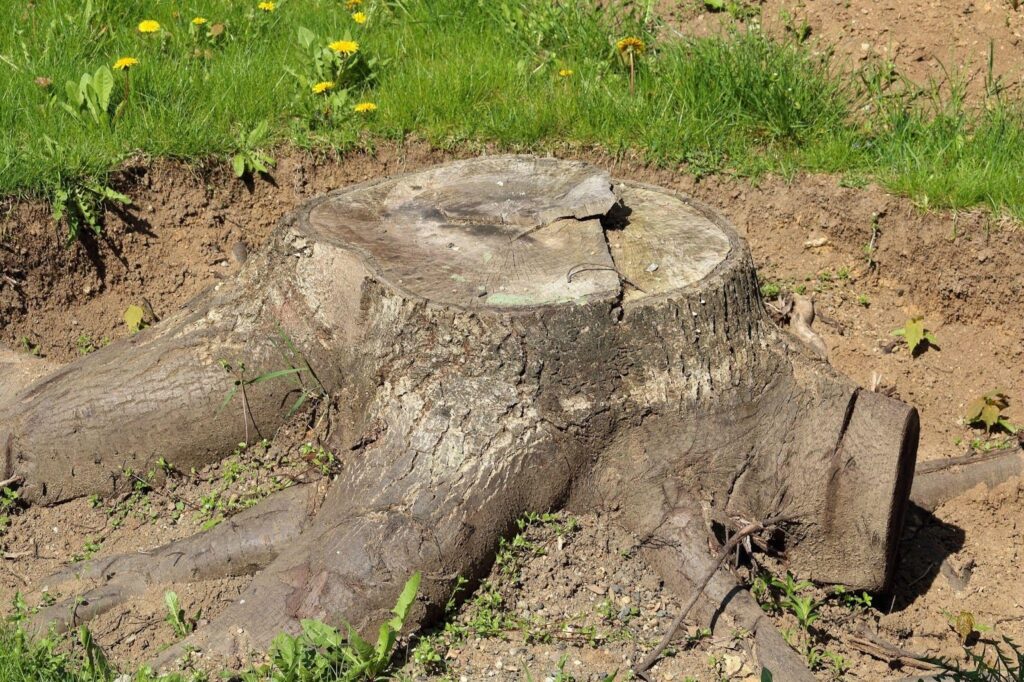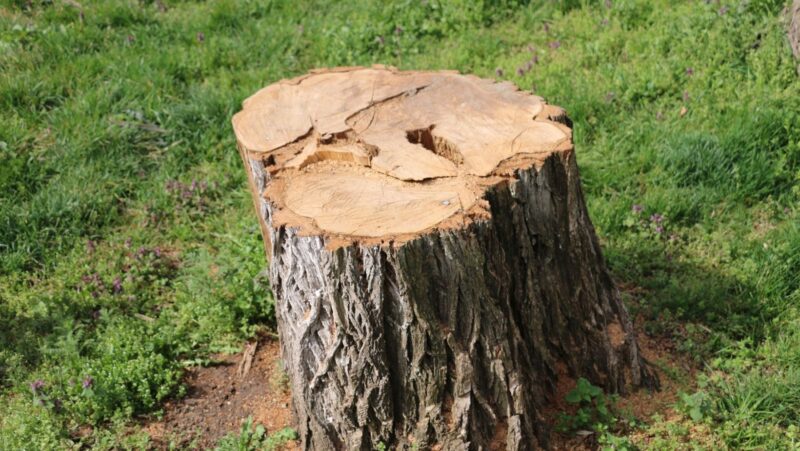Why Ignoring Tree Stumps Could Harm Your Landscape

Tree stumps are a frequent sight in both residential and commercial landscapes, often left behind after a tree has been removed. Many homeowners and property managers decide to keep these stumps due to cost, effort, or simply not seeing them as a pressing issue. However, ignoring tree stumps can lead to several adverse effects on your property. This article aims to shed light on the potential risks and drawbacks of neglecting tree stumps and why addressing them can benefit your landscape. Being proactive with tree stump issues can lead to a healthier, more appealing, and safer environment for everyone.
Impact on Aesthetic Appeal
One of the most immediate and noticeable effects of tree stumps in a landscape is their impact on visual appeal. Tree stumps can disrupt the visual harmony of an otherwise well-maintained yard or garden. They present a jarring contrast to meticulously manicured lawns and carefully arranged flower beds. To potential buyers or visitors, a landscape dotted with tree stumps may suggest neglect or incomplete landscaping efforts. This impression can detract from the property’s overall attractiveness and reduce its curb appeal, potentially affecting its market value.
Eliminating tree stumps can significantly enhance the overall landscape design. A smooth, uninterrupted lawn can offer a more polished and inviting atmosphere. Moreover, removing stumps allows for greater flexibility in re-landscaping the area, paving the way for new planting possibilities and the creative use of space. By taking steps to remove these unsightly stumps, homeowners can elevate the visual appeal of their properties, making them more appealing and enjoyable for everyone.
Threat to Lawn Health
Beyond aesthetics, tree stumps pose a genuine threat to the health of your lawn. These remnants can become a haven for pests such as termites and ants, as well as fungi, which can spread to other parts of your garden. This infestation can weaken plant life and lead to further damage, requiring more extensive—and expensive—intervention later on.
In addition to harbouring pests, tree stumps’ underground root systems can inhibit the growth of grass and other plants. Their complex root networks can deplete the soil of essential nutrients and moisture, impairing the lawn’s ability to thrive. Furthermore, as stumps gradually decompose, they alter the soil’s pH and nutrient balance, potentially disrupting the health of your lawn and plants.
Monitoring changes in your lawn’s health and taking swift action can mitigate these risks. Opting for stump removal, coupled with soil testing and amending, can preserve a lush and healthy landscape. Implementing these measures helps maintain not only the aesthetic quality of your property but its ecological balance as well.
Safety Hazards
Tree stumps present an often underestimated safety hazard. They can be tripping hazards, especially for children, pets, and unsuspecting visitors. An uneven ground caused by stumps can lead to falls and injuries, which could otherwise be avoided if the area were hazard-free.
Additionally, when hidden beneath grass or other ground cover, stumps can damage lawn equipment, such as mowers. These unexpected obstacles may lead to costly repairs or even injury to the person operating the equipment. In emergencies or during snow removal, stumps can also become dangerous obstacles, complicating response efforts.
To ensure a safe landscape environment, it’s advisable to remove stumps entirely. This action not only improves safety but also contributes to an overall smooth and functional outdoor space.
Regrowth and Sucker Production
Left unchecked, some tree stumps can lead to regrowth or sucker production. Shoots emerging from stumps can be unsightly and may undermine efforts to maintain a tidy landscape. This regrowth requires regular maintenance, diverting attention and resources from other landscaping tasks.
These persistent shoots also compete with other plants for vital resources such as water and sunlight, affecting the growth and health of surrounding flora. This competitive dynamic can strain the ecosystem, making it challenging to sustain a diverse and thriving landscape.
Preventing regrowth is possible through effective stump removal techniques. By employing professional services that understand how to safely get rid of a tree stump, property owners can avoid the recurring issue of undesired regrowth, ensuring a clean and well-maintained garden.
Long-term Environmental Impact
The presence of decomposing stumps can extend its impact beyond aesthetics and immediate lawn health. These decaying structures can affect local ecosystems and biodiversity. As they break down, stumps may attract aggressive species, including certain types of fungi and insects, which can spread and impact surrounding plant life.
Removing tree stumps can help improve soil quality and enhance local ecosystems’ vibrancy and diversity. Healthy soil promotes robust plant growth, which supports local wildlife and encourages a balanced environment. Embracing environmentally-friendly methods for stump removal, such as grinding and proper disposal, ensures minimal ecological disruption.
By addressing tree stump issues proactively, property owners contribute to healthier ecosystems and promote sustainability in their surroundings.
Final Thoughts: A Healthier, Safer Landscape Starts Here
The presence of tree stumps on your property poses risks that go beyond mere inconvenience. They affect the aesthetic appeal, lawn health, safety, and even the long-term environmental balance of your landscape. Recognising and addressing these issues through proactive landscape management is crucial for maintaining a property that is both visually pleasing and ecologically sound.
For safe and efficient stump removal, consulting with professionals is highly recommended. They possess the expertise necessary to handle tree stumps effectively, ensuring both safety and sustainability. Prioritising the health and safety of your landscape today can prevent significant issues down the road, creating a harmonious and thriving environment for all to enjoy.


 Kdraydink: Unraveling the Fascinating Evolution and Cultural Impact
Kdraydink: Unraveling the Fascinating Evolution and Cultural Impact  Cute00kiara: The Rise of a Digital Star
Cute00kiara: The Rise of a Digital Star  Tayfay1234: The Future of Online Identity
Tayfay1234: The Future of Online Identity